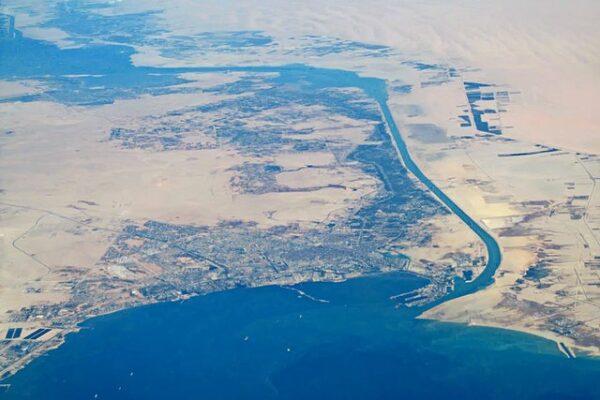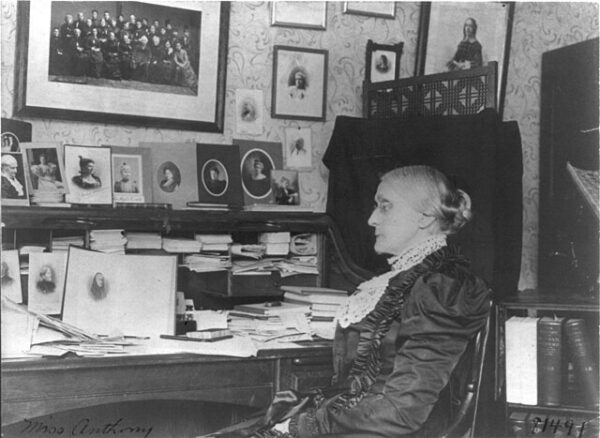The Suez Crisis, also known as the Second Arab-Israeli War or the Tripartite Aggression, began on October 29, 1956, when Israeli forces invaded Egypt’s Sinai Peninsula, sparking a global diplomatic and military confrontation with implications that rippled throughout the Middle East and beyond. The crisis was triggered by Egyptian President Gamal Abdel Nasser’s decision to nationalize the Suez Canal, which had previously been controlled by the British and French-owned Suez Canal Company. For years, the canal had been a critical maritime passageway for the flow of oil from the Middle East to Europe, and its loss threatened Western interests, particularly those of Britain and France.
The roots of the crisis can be traced back to a series of escalating tensions in the region, involving Arab-Israeli hostilities and Cold War rivalries. Nasser, a charismatic and pan-Arabist leader, sought to position Egypt as a regional power and to resist Western and colonial influence. By nationalizing the canal, he intended to fund the Aswan High Dam project, which would provide much-needed electricity and irrigation for Egypt. The U.S. and Britain had initially promised financial support for the dam but withdrew their offer, viewing Nasser’s growing ties with the Soviet Union as a threat to Western interests in the region. In response, Nasser seized the canal on July 26, 1956, asserting that Egypt had the right to control the strategic waterway.
Britain and France, deeply angered by Nasser’s actions, entered into a secret agreement with Israel, which had its own grievances with Egypt. Nasser had been openly hostile toward Israel and had blockaded the Straits of Tiran, cutting off Israeli shipping routes. Additionally, Nasser’s pan-Arab rhetoric threatened to unite neighboring Arab states against Israel. In a covert meeting in Sevres, France, Britain, France, and Israel orchestrated a plan to retake control of the Suez Canal and, in doing so, diminish Nasser’s influence.
On October 29, Israel initiated Operation Kadesh, invading the Sinai Peninsula and pushing Egyptian forces back toward the Suez Canal. Israeli paratroopers dropped into the Sinai and swiftly advanced, meeting resistance from Egyptian forces but managing to drive them back. The British and French, adhering to the Sevres Protocol, then issued an ultimatum to both Israel and Egypt to cease hostilities and withdraw their troops. When Nasser refused, the two European powers intervened directly on October 31, launching airstrikes against Egyptian positions and beginning a naval bombardment.
The British and French planned to occupy the canal under the pretense of separating the warring parties and securing free navigation. However, the international community saw through this ruse, and the crisis quickly became a global flashpoint. The United States, led by President Dwight D. Eisenhower, opposed the intervention, fearing it would drive Arab states further into the Soviet sphere of influence. The Soviet Union, already aligned with Nasser, condemned the invasion, and Cold War tensions spiked as Soviet leaders threatened to intervene on Egypt’s behalf.
Eisenhower, aiming to prevent further escalation, pressured Britain, France, and Israel to withdraw. His administration used diplomatic means, including threats of economic sanctions and applying pressure at the United Nations, where a ceasefire resolution was passed. The United States, alongside the Soviet Union, played a pivotal role in shaping the United Nations’ response, leading to the establishment of the United Nations Emergency Force (UNEF), the first-ever UN peacekeeping mission, to oversee the ceasefire and manage troop withdrawals.
The Suez Crisis concluded in March 1957 with the withdrawal of British, French, and Israeli forces, marking a significant victory for Nasser and cementing his status as a hero in the Arab world. The crisis underscored the declining influence of European colonial powers in the Middle East and highlighted the rise of the U.S. and Soviet Union as the primary arbiters in global conflicts. The Suez Crisis had lasting repercussions, including the strengthening of nationalist movements in the Middle East and the establishment of peacekeeping as a tool of international diplomacy, setting a precedent for future UN interventions.






